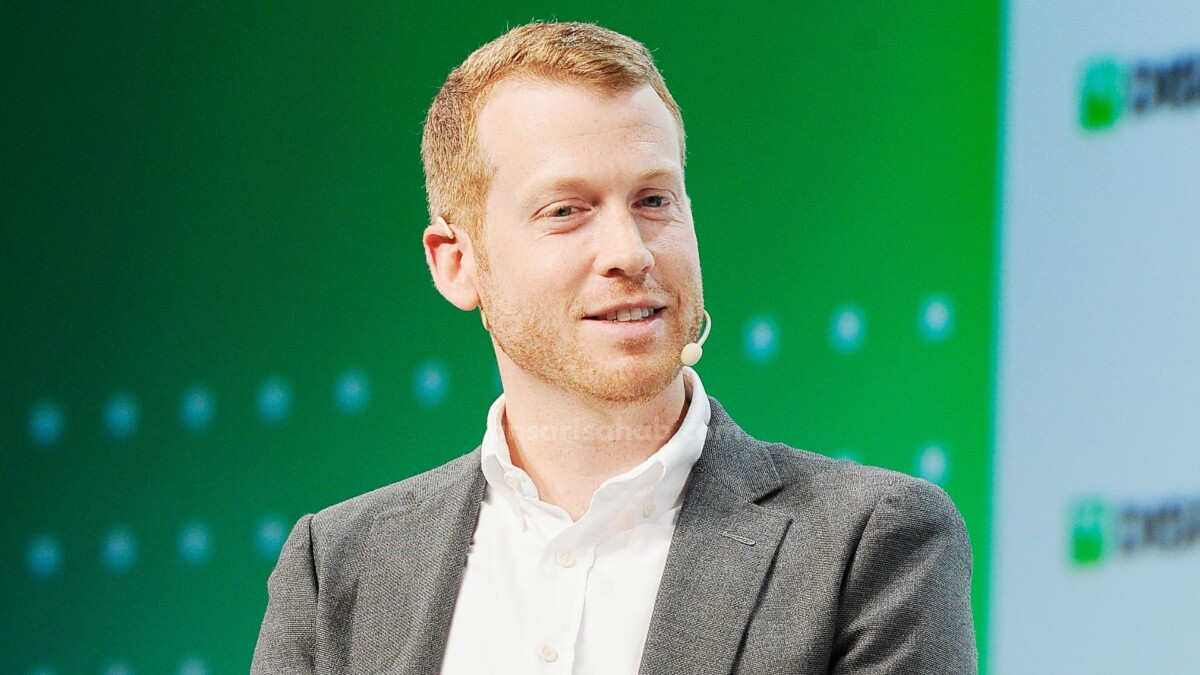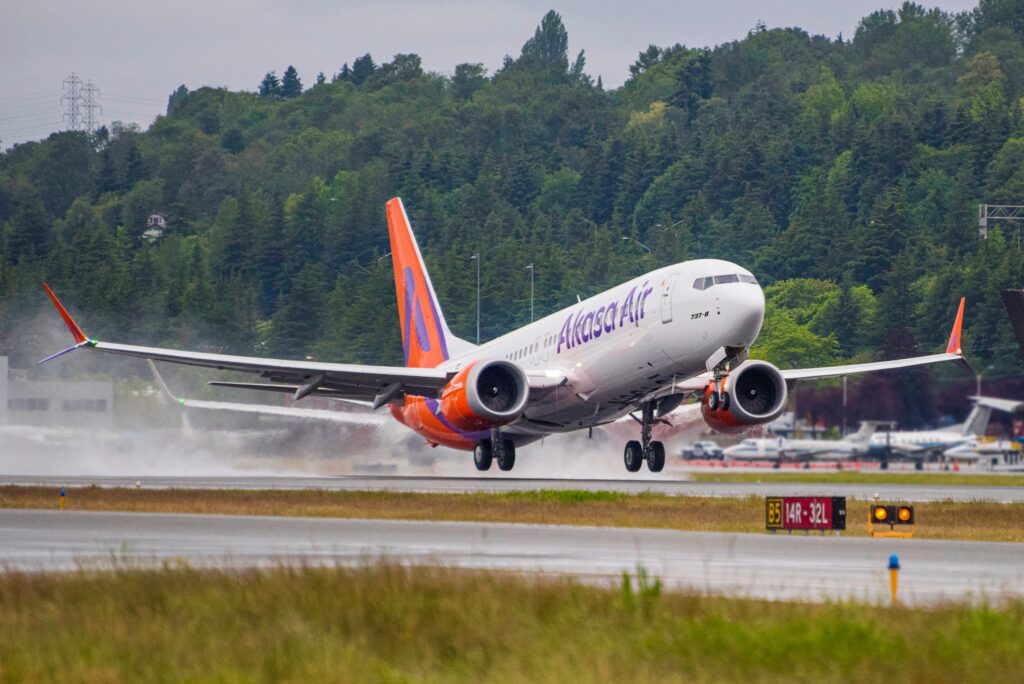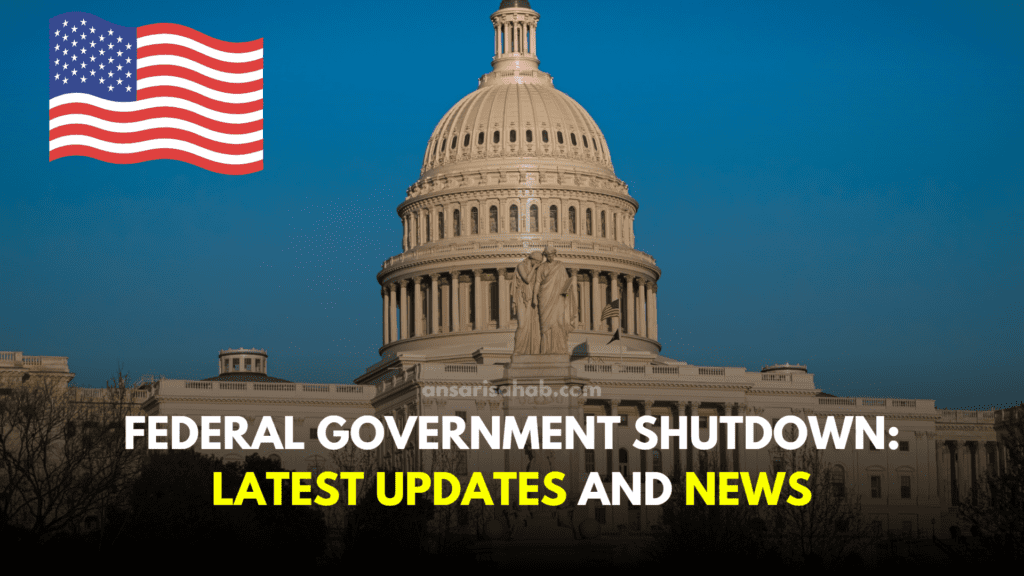The autonomous vehicle industry, spearheaded by companies like Cruise, has been at the forefront of technological innovation. However, recent events have cast a shadow over Cruise’s trajectory, with CEO Kyle Vogt resigning amidst safety concerns and regulatory scrutiny. In this comprehensive blog, we will delve into the details of Vogt’s departure, the challenges faced by Cruise, and the potential paths ahead for the company.
The Rise and Fall of Cruise
A Visionary Leader Steps Down
Kyle Vogt, a co-founder of Cruise, played a pivotal role in shaping the company’s vision and navigating it through its early years. However, his sudden resignation has left many in the industry and the public questioning the future direction of Cruise. While Kyle Vogt expressed a desire to spend time with his family and explore new ideas, the circumstances surrounding his departure raise questions about the challenges faced by Cruise.
Setbacks and Scrutiny
Cruise’s recent troubles include a suspension of its driverless permit in California following a pedestrian collision involving one of its robotaxis. This incident, along with others, has triggered safety concerns and regulatory scrutiny. The California Department of Motor Vehicles (DMV) cited worries about Cruise’s safety procedures and emergency response capabilities, leading to the suspension of its license.
Today I resigned from my position as CEO of Cruise. (1/5)
— Kyle Vogt (@kvogt) November 20, 2023
The Road Ahead for Cruise
Leadership Transition
With Vogt’s departure, Cruise has appointed Mo Elshenawy, the executive vice president of engineering, as its president and CTO. This leadership transition signals a potential shift in focus and strategy for the company. Elshenawy, an experienced engineer, is expected to prioritize enhancing the safety and reliability of Cruise’s self-driving system.
Read Also: Man Missing from Carnival Cruise Ship Presumed to Have Jumped Overboard
Addressing Safety Concerns
Cruise is at a critical juncture, needing to address the safety concerns that have arisen. The company must demonstrate a commitment to transparency, collaboration with regulatory bodies, and improvements in its self-driving technology. Regaining the trust of both regulators and the public is essential for Cruise’s continued success.
The Autonomous Vehicle Landscape: Balancing Technology and Safety
Striking a Balance
The development of autonomous vehicles is a complex journey that requires a delicate balance between technological advancement, safety protocols, and public acceptance. Cruise’s challenges serve as a reminder of the need for a harmonious integration of these elements to ensure the successful deployment of self-driving technology.
The Complex Legacy of Autonomous Vehicles
While autonomous vehicles hold the promise of revolutionizing transportation, recent incidents highlight the challenges that come with their development. Striking the right balance is crucial to avoid setbacks, ensure safety, and gain widespread acceptance from both regulators and the public.
Conclusion
In conclusion, Kyle Vogt’s resignation as CEO of Cruise marks a significant turning point for the company. The challenges it faces, including safety concerns and regulatory scrutiny, underscore the complexity of developing and deploying autonomous vehicles. The road ahead for Cruise involves addressing these challenges, fostering transparency, and demonstrating the safety and reliability of its technology.
As Cruise undergoes a leadership transition and strives to regain public trust, the autonomous vehicle industry as a whole faces a critical juncture. The delicate interplay between technological innovation, safety measures, and public acceptance will shape the future of autonomous vehicles. Only through a collaborative effort involving developers, regulators, and the public can this transformative technology realize its full potential in revolutionizing transportation.









